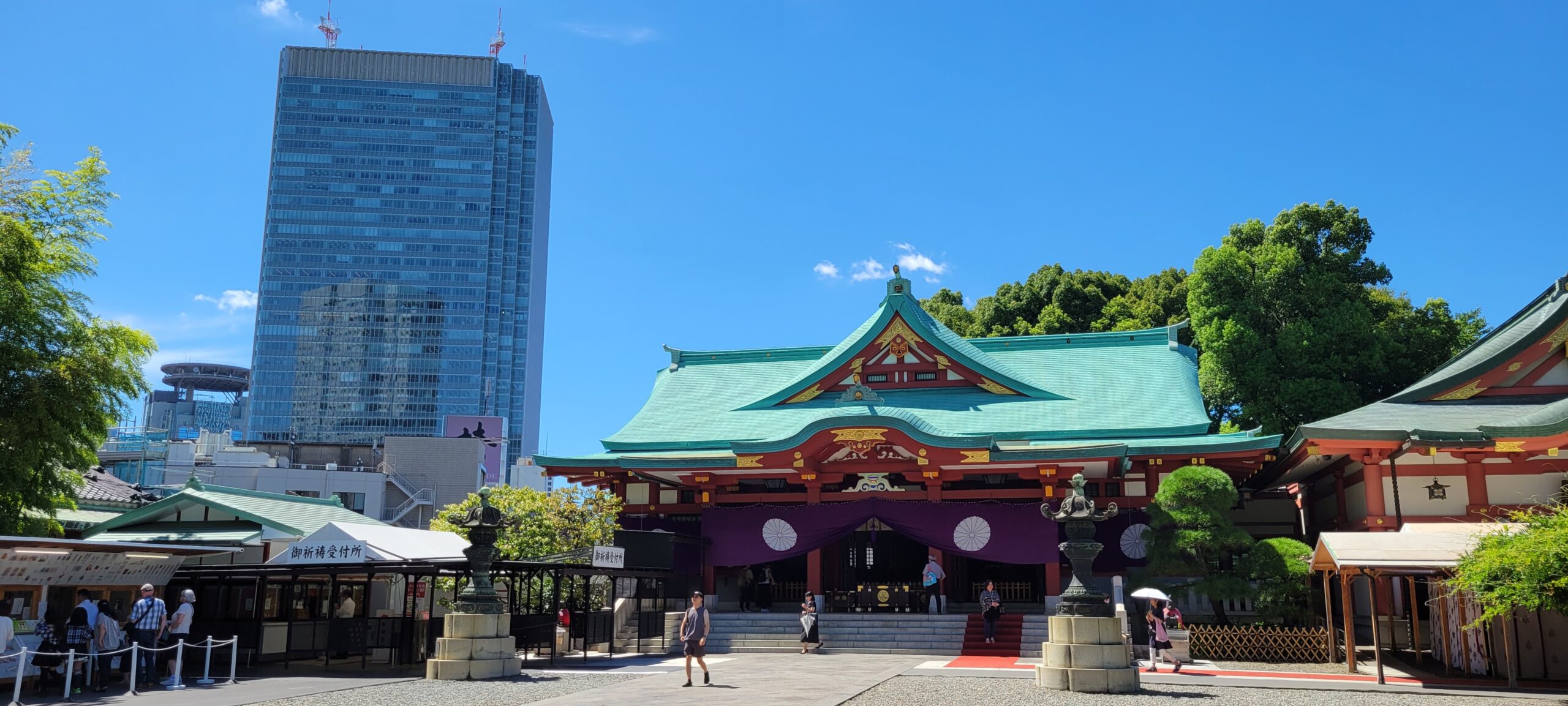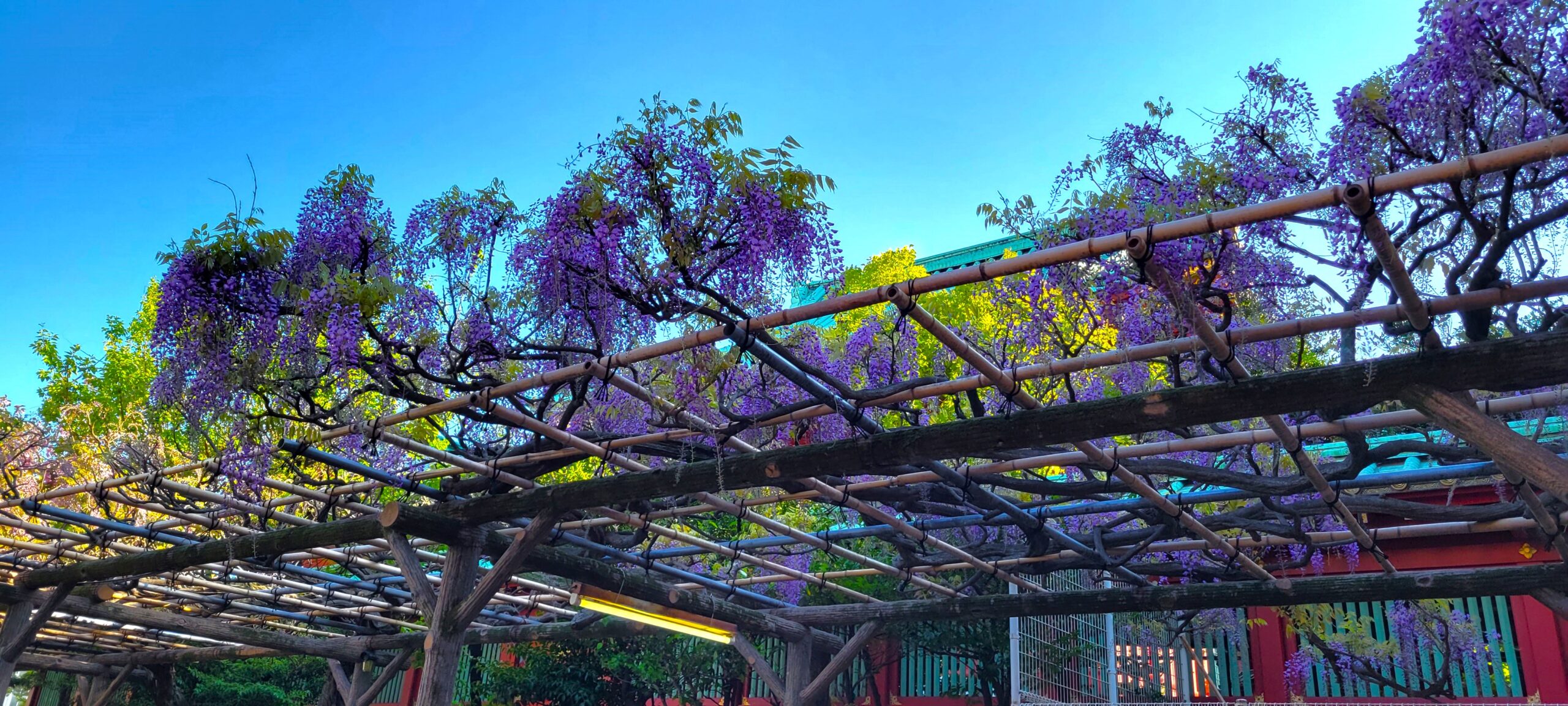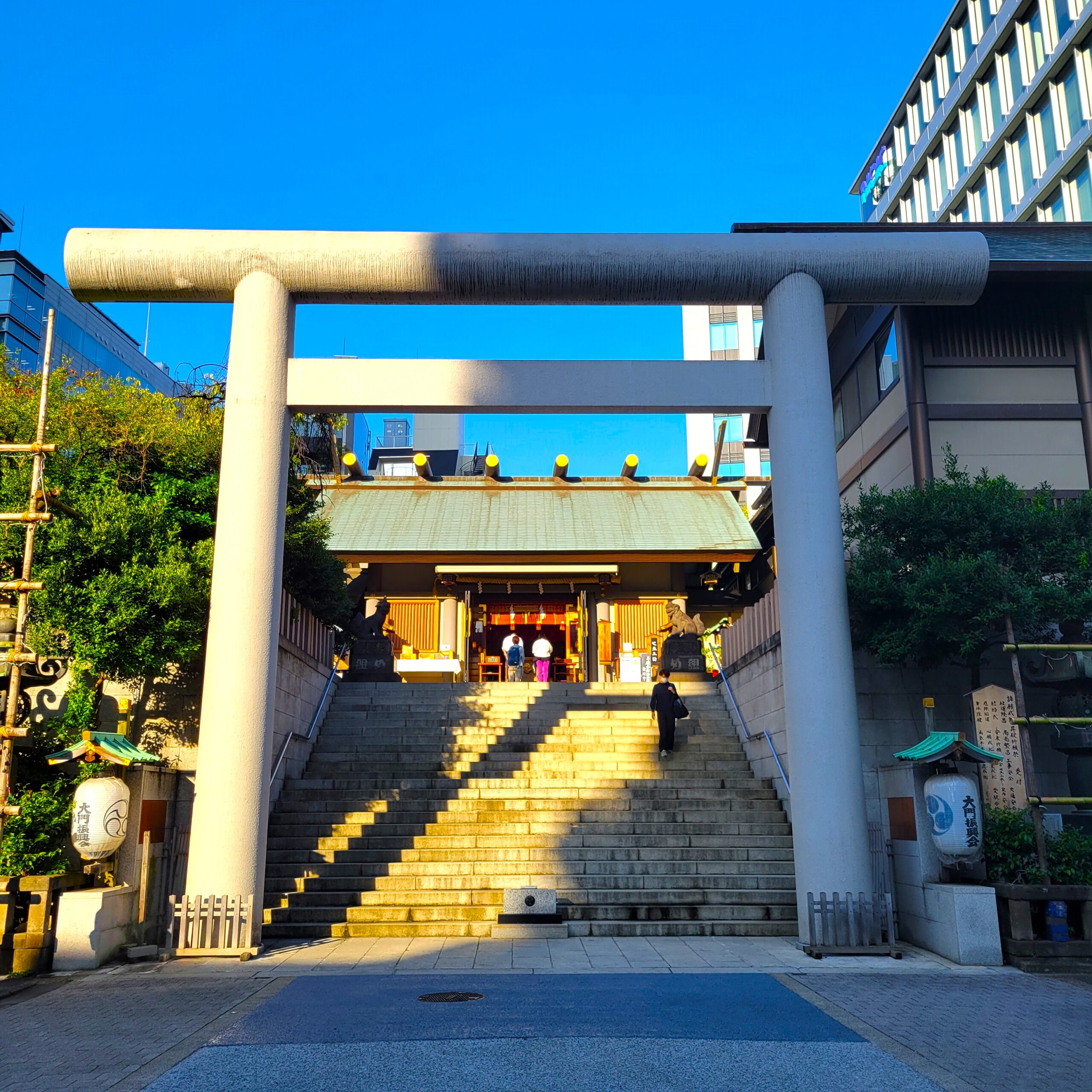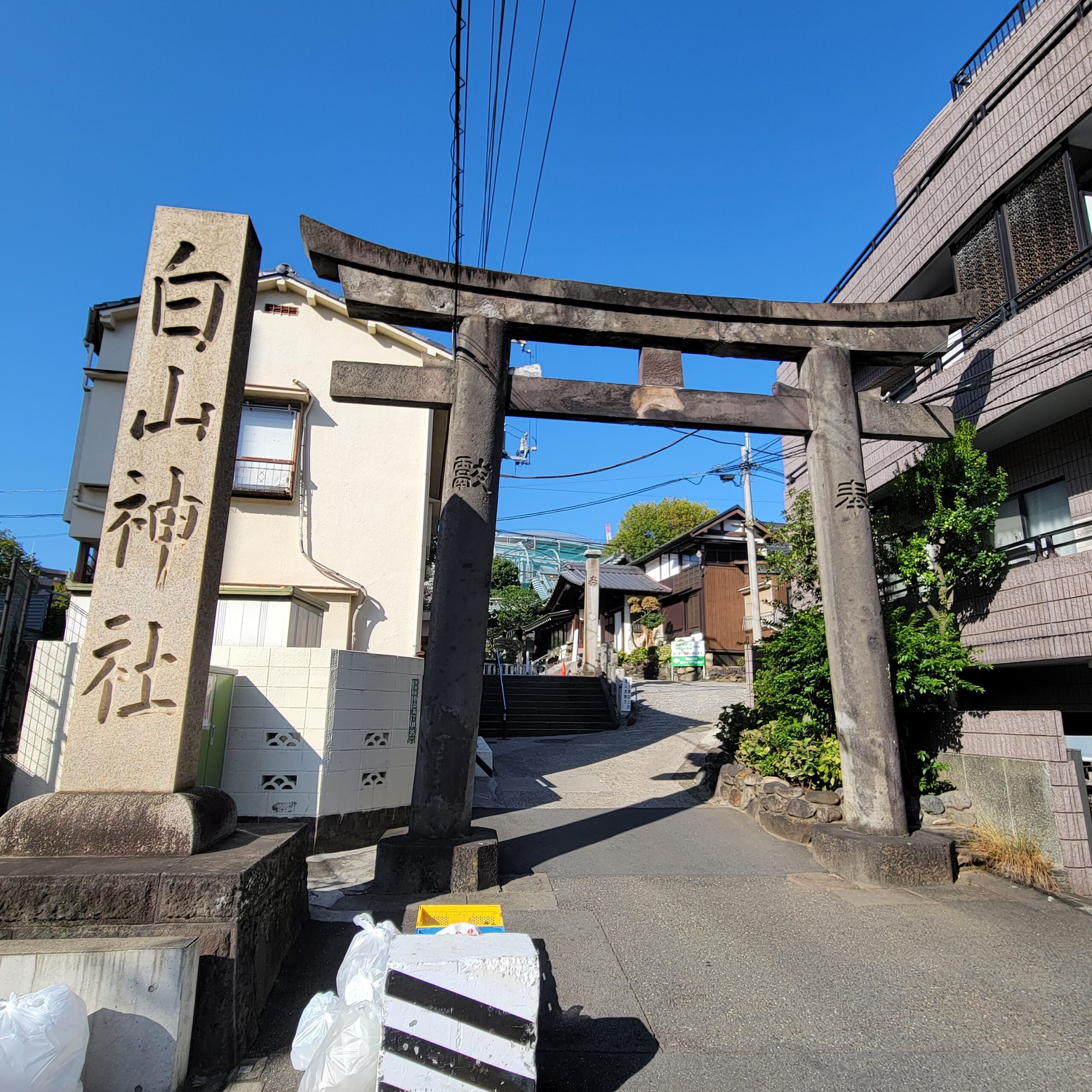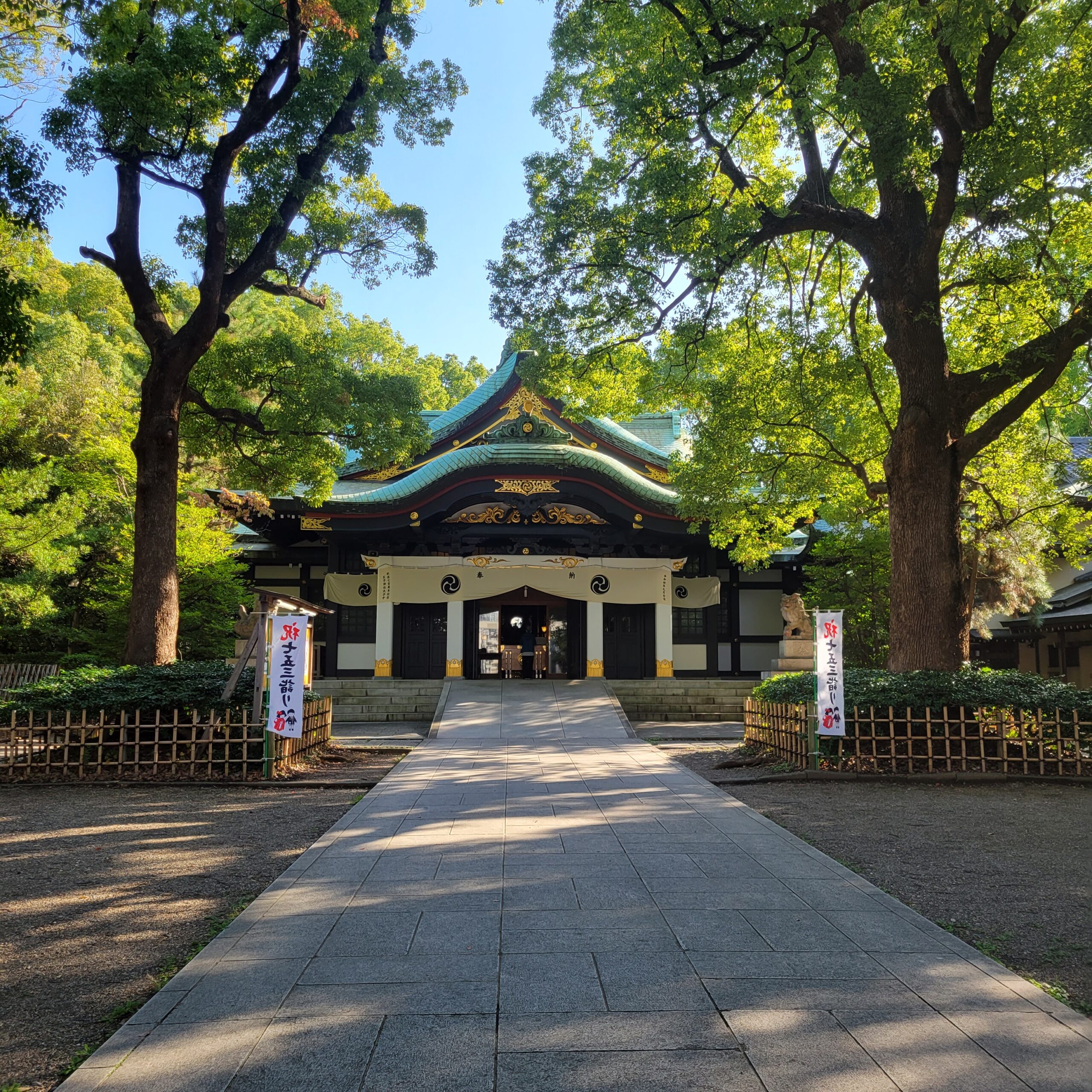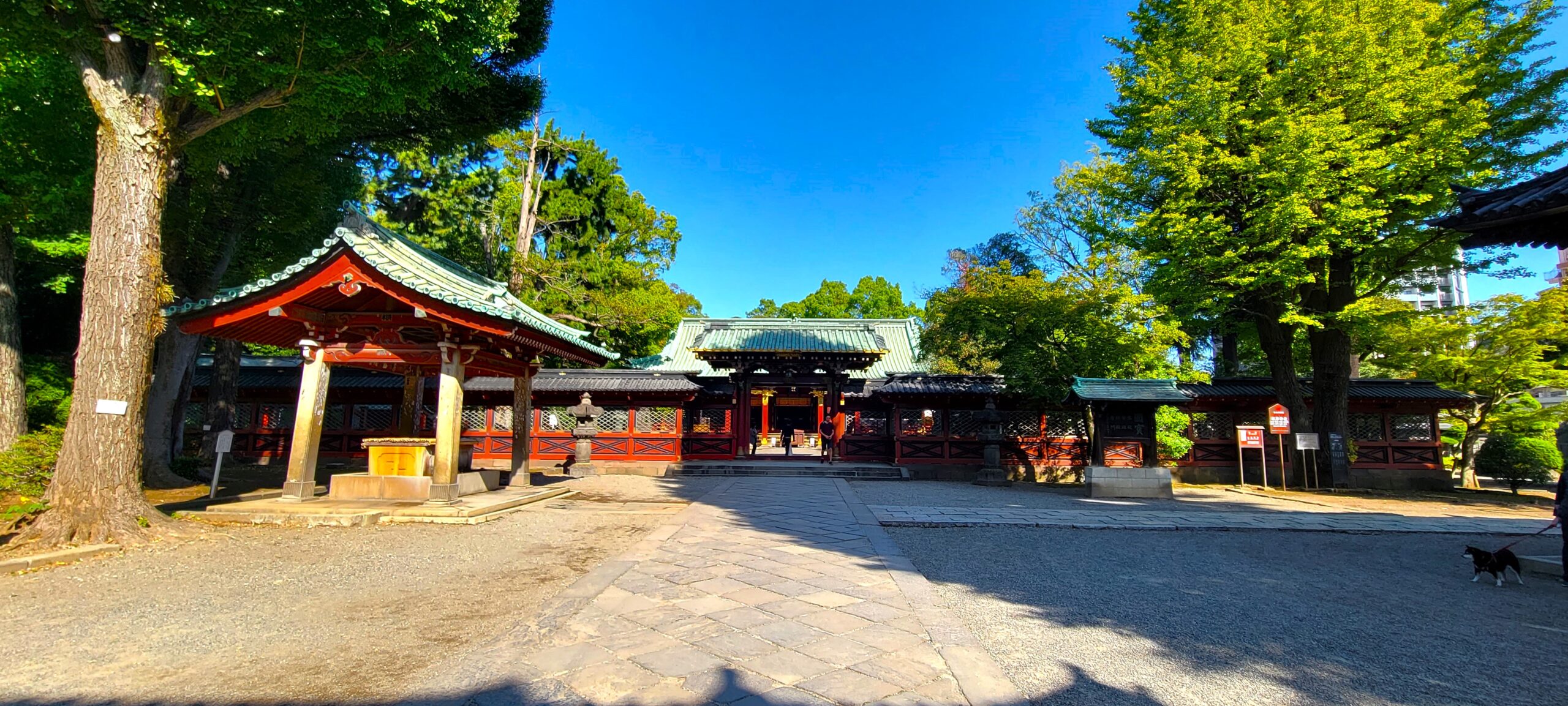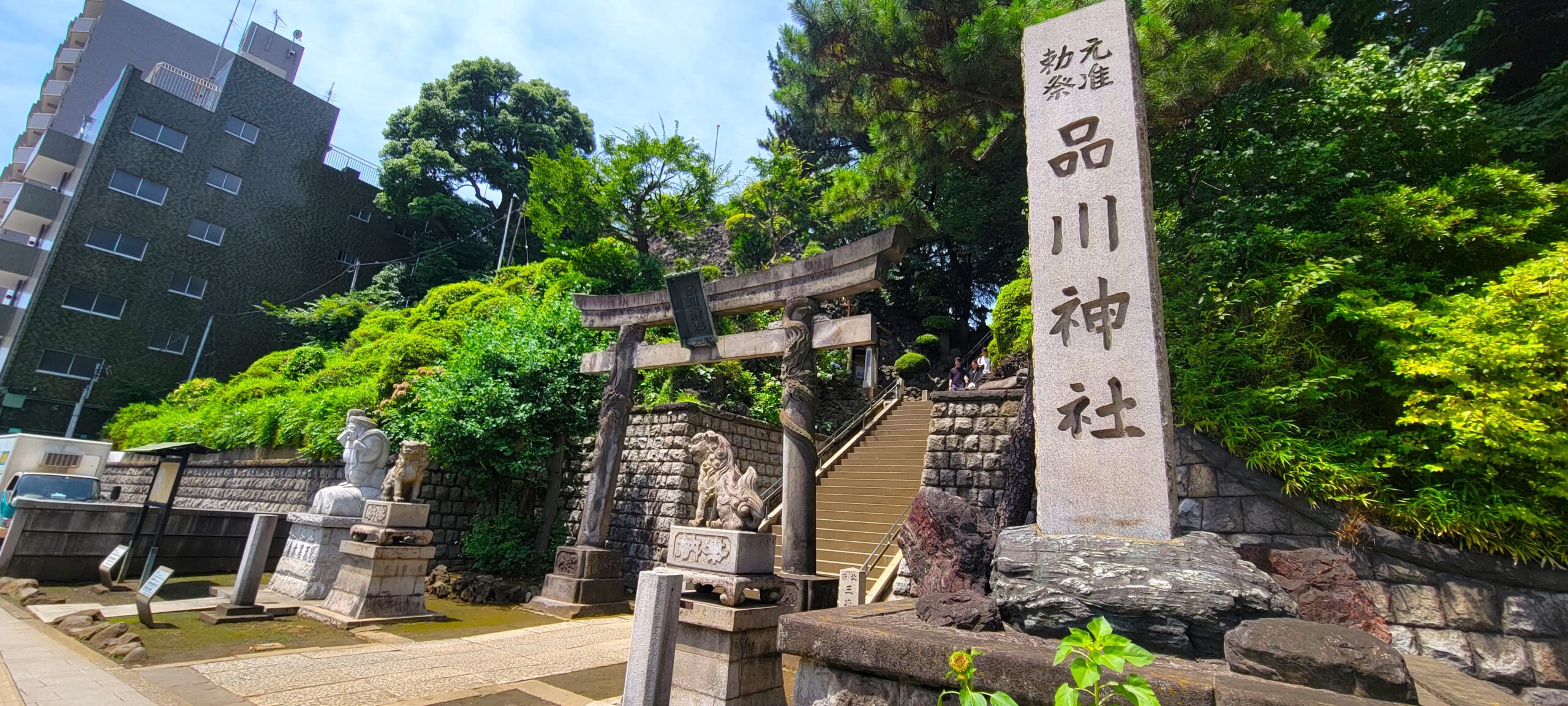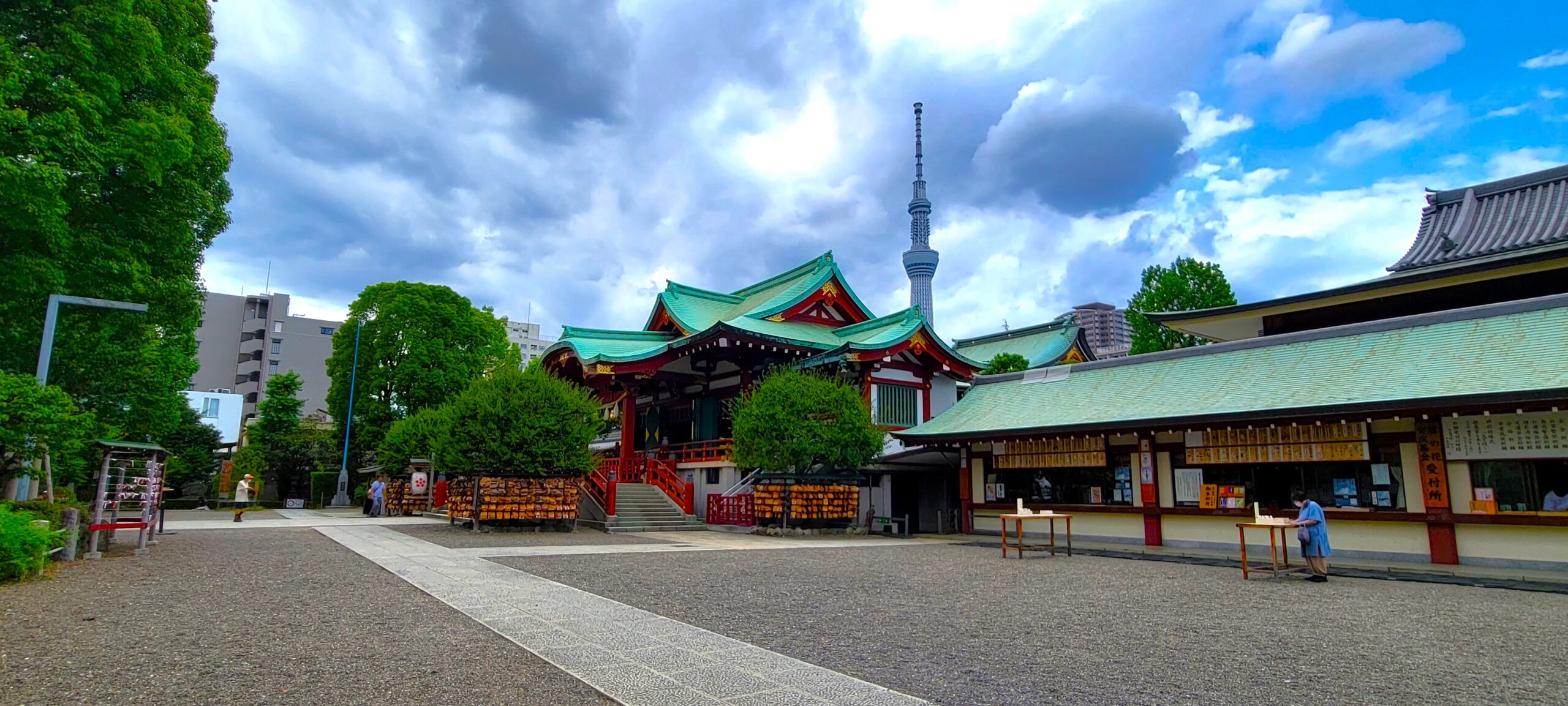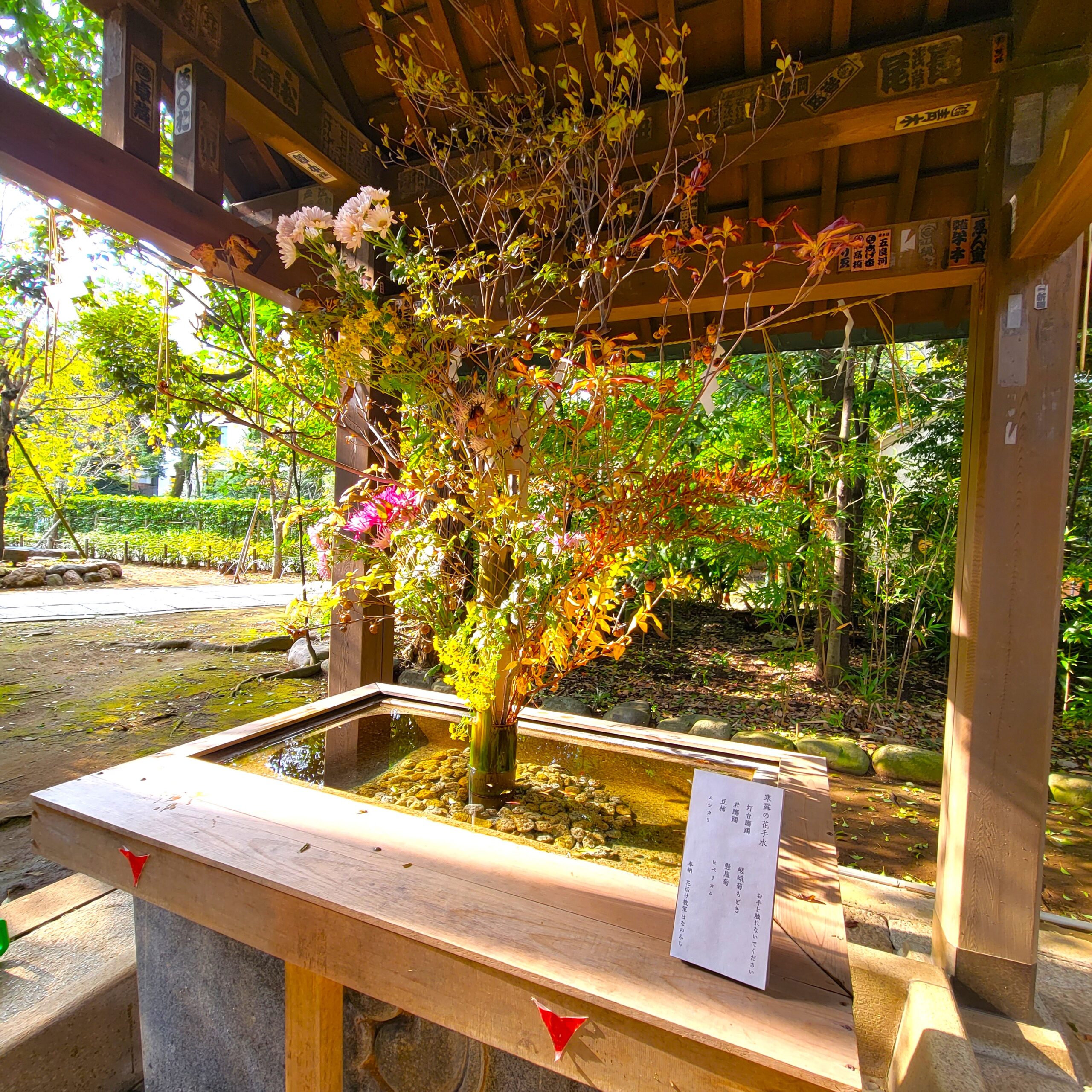Hie Shrine in Tokyo
History There is a history that in 1478, Dokan Ota solicited from a shrine in Saitama. Highlights There is a shrine between modern buildings next to the National Diet Building and the Prime Minister’s Office. Monkeys were valued as messengers at this shrine. The treasure hall displays national treasure swords and important cultural properties. (am9:00 to pm 4:00) Google Map

